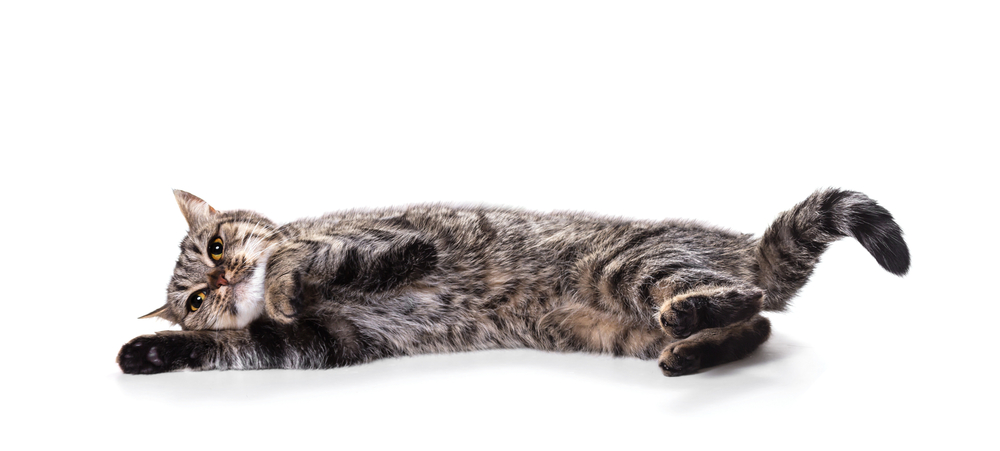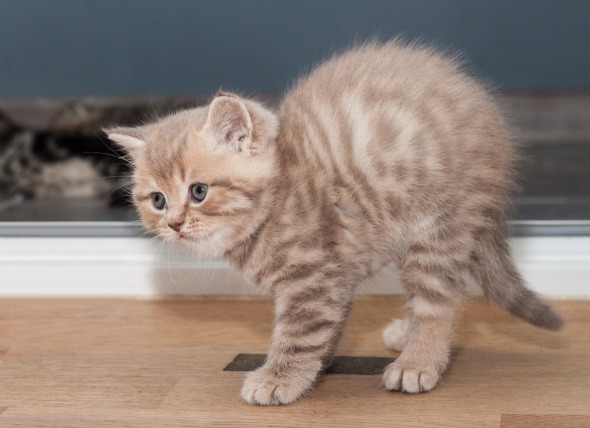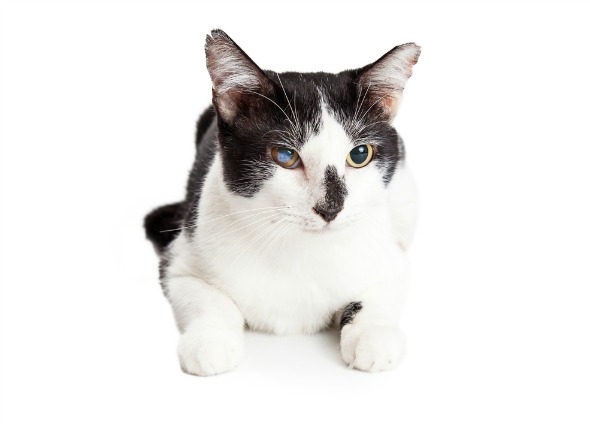
Cutaneous (dicoid) Lupus Erythematosus is an immune-mediated skin disease, or a disease brought on by abnormal activity of the immune system, whereby it attacks its own body. Relatively uncommon in cats, Cutaneous Lupus Erythematosus is considered a variant of Systemic Lupus Erythematosus (SLE).
Symptoms of cutaneous lupus erythematosus depend on where the immune system is attacking the body, and may appear or disappear and vary in intensity. The following are a few of the more common symptoms seen in cats:
Lesions associated with this disease may also involve the outer ear area and more rarely, the feet and genitalia.
Although the disease is brought on by abnormal activity of the immune system, the exact cause of the overactivity is unknown. Factors that are suspected to bring on the disease include drug reactions, viruses, and ultraviolet (UV) light exposure.
You will need to give a thorough history of your cat’s health, including the onset and nature of the symptoms, to your veterinarian. He or she will then perform a complete physical examination as well a biochemistry profile, urinalysis, and complete blood count -- the results of which are typically normal. A small tissue sample may also be taken from the affected area for further evaluation.
This disease is not life-threatening and symptomatic treatment is often sufficient in most animals. Antibiotics, vitamin supplementation, and topical medications are commonly used. Severe lesions, on the other hand, may be disfiguring in nature and may require a more aggressive therapy. In some cats, drugs to suppress the immune system are also employed to counter the over-reactivity of the immune system.
Follow your veterinarian's guidelines regarding care of skin lesions; these lesions may bleed spontaneously and need proper attention during the treatment period. The cat should be protected from direct sun exposure (i.e., UV light) and may require sunblock.
You may be asked to bring in your cat every 14 days after initiation of treatment to evaluate clinical response. Laboratory testing, meanwhile, is conducted every three to six months to evaluate the disease and the effectiveness of the treatment. This disease is progressive in nature and remission is seen in the majority of patients. However, if immunosuppressive therapy is required on a long-term basis, prognosis is not good.
In addition, because of the genetic nature of the disease, your veterinarian will recommend against breeding a cat with cutaneous lupus erythematosus.
 Low Blood Calcium in Cats
Hypocalcemia in Cats
The term "hypocalcemia&
Low Blood Calcium in Cats
Hypocalcemia in Cats
The term "hypocalcemia&
 Loss of Balance (Unbalanced Gait) in Cats
Ataxia, Vestibular Disease in Cats
There are thre
Loss of Balance (Unbalanced Gait) in Cats
Ataxia, Vestibular Disease in Cats
There are thre
 Mammary Gland Tumor in Cats
Over 85 percent of mammary tumors in cats are mal
Mammary Gland Tumor in Cats
Over 85 percent of mammary tumors in cats are mal
 Spinal and Vertebral Birth Defects in Cats
Congenital Spinal and Vertebral Malformations in Cats
&n
Spinal and Vertebral Birth Defects in Cats
Congenital Spinal and Vertebral Malformations in Cats
&n
 Blind Quiet Eye in Cats
If your cat has loss of vision in one or both eye
Blind Quiet Eye in Cats
If your cat has loss of vision in one or both eye
Copyright © 2005-2016 Pet Information All Rights Reserved
Contact us: www162date@outlook.com